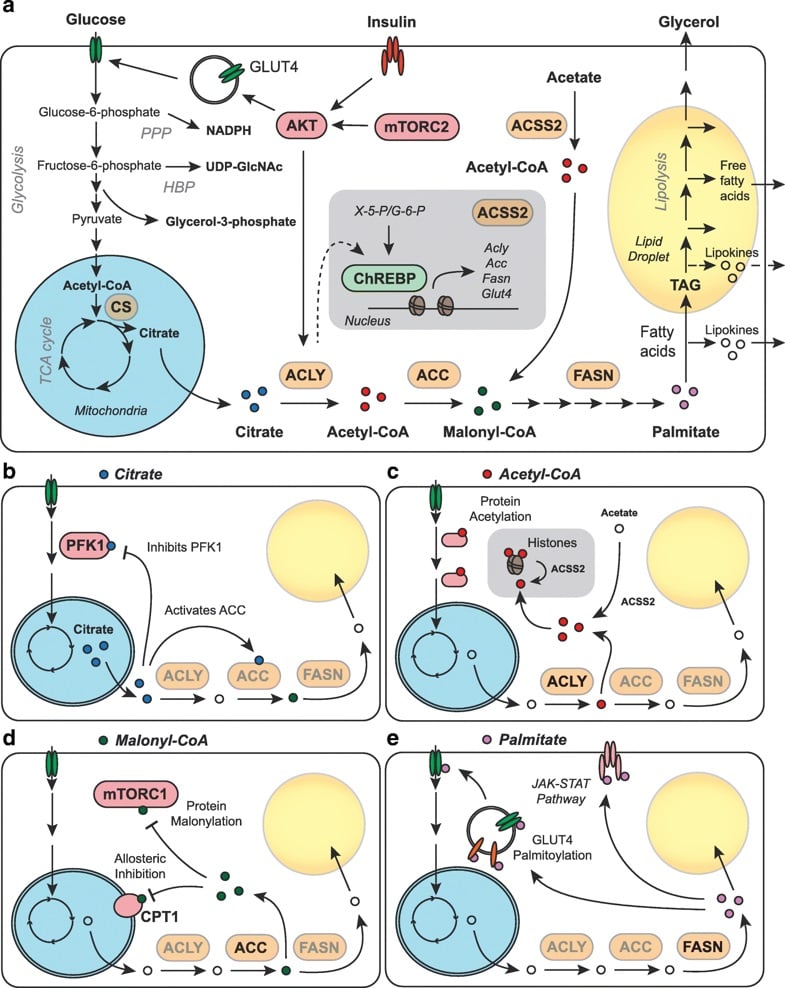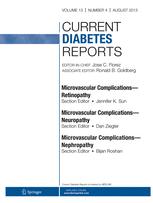Adipocyte metabolism review in Current Diabetes Reports
Date Posted: Tuesday, November 26, 2019
De novo lipogenesis as a source of second messengers in adipocytes
 In this review, Wen-Yu presents an interesting perspective based on recent findings about what makes a fat cell “healthy” and why. The Guertin Lab continues to examine how the metabolism of adipocytes (fat cells) impacts blood glucose and insulin resistance especially in people living with obesity and/or type 2 diabetes.
In this review, Wen-Yu presents an interesting perspective based on recent findings about what makes a fat cell “healthy” and why. The Guertin Lab continues to examine how the metabolism of adipocytes (fat cells) impacts blood glucose and insulin resistance especially in people living with obesity and/or type 2 diabetes.
Abstract
Obesity is a major risk factor for type 2 diabetes. Although adipose tissue allows storage of excess calories in periods of overnutrition, in obesity, adipose tissue metabolism becomes dysregulated and can promote metabolic diseases. This review discusses recent advances in understandings how adipocyte metabolism impacts metabolic homeostasis.
Recent Findings: The ability of adipocytes to synthesize lipids from glucose is a marker of metabolic fitness, e.g., low de novo lipogenesis (DNL) in adipocytes correlates with insulin resistance in obesity. Adipocyte DNL may promote synthesis of special “insulin sensitizing” signaling lipids that act hormonally. However, each metabolic intermediate in the DNL pathway (i.e., citrate, acetyl-CoA, malonyl-CoA, and palmitate) also has second messenger functions. Mounting evidence suggests these signaling functions may also be important for maintaining healthy adipocytes.
Summary: While adipocyte DNL contributes to lipid storage, lipid precursors may have additional second messenger functions critical for maintaining adipocyte health, and thus systemic metabolic homeostasis.

De Novo Lipogenesis as a Source of Second Messengers in Adipocytes
Hsiao, WY. & Guertin, D.A. Curr Diab Rep (2019) 19: 138. https://doi.org/10.1007/s11892-019-1264-9
